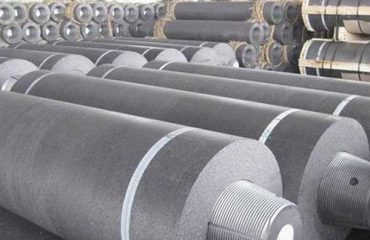Carbon electrode is a conductive material made of anthracite and metallurgical coke. The specific resistance of carbon electrode is 2 ~ 3 times larger than that of graphitized electrode, and its compressive strength at room temperature is larger than that of graphitized electrode, but its thermal conductivity and oxidation resistance are not as good as that of graphitized electrode. As the main raw materials are anthracite and metallurgical coke with high ash content, the ash content of carbon electrode is generally 6 ~ 10%.
Carbon electrode is suitable for medium and small EAF and ferroalloy furnace to smelt some common EAF steel and ferroalloy. Because the ash content of carbon electrode is relatively high, it is not suitable for smelting high-grade alloy steel. The raw material of carbon electrode is easy to solve, and graphitization is not needed in production. The cost of the product is much lower than that of graphitized electrode. The product is roasted and then machined. Machining includes turning the surface and turning out the threaded joint holes at both ends, and turning the joint for the connection of two products. In order to better connect the two electrodes, several kilos of carbon paste made of graphite powder, syrup and water should be supplied to each ton of finished product at the same time for coating in the joint hole when connecting the products.

